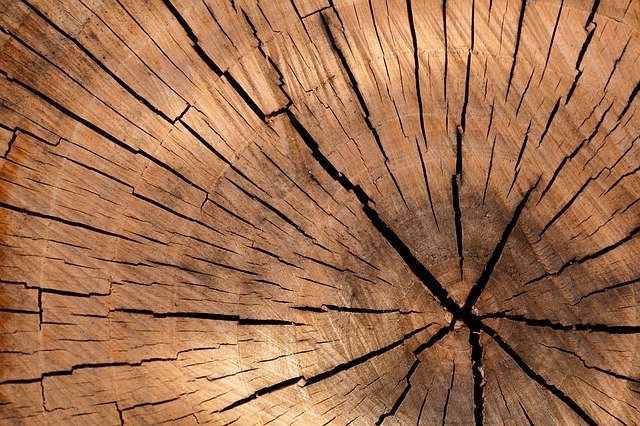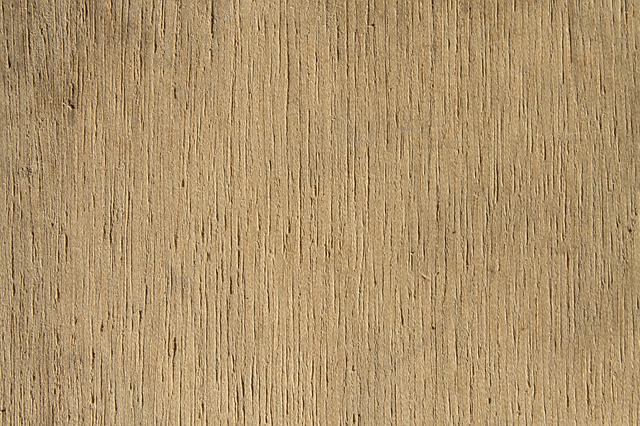This extract has been taken from “The green house Creative Homeowner Green Remodeling Your start toward an Eco- friendly home” written by “John D. Wagner”. Plywood is a material manufactured from thin layers or “plies” of wood veneer that are glued together with adjacent layers having their wood grain rotated up. “Drywall repair Washington DC” provides you detailed information on it & its types.
Plywood
Plywood is generally an environmentally responsible material for decking and sheathing. It comprises an odd number of thin veneer layers of wood, called plies. The veneers are cross- laminated so that the grains of each ply run perpendicular to one another, then are glued and sandwiched together and heated to over 3000 F under 200 pounds per square inch ( psi) of pressure. Standard plywood thicknesses are 5/16, 3/8, 7/16, 15/32, ½, 5/8, 23/32, ¾, and 1 1/8 inches. If you order ½- and ¾- inch plywood, respectively. Panels are almost invariably 4×8 feet after factory trimming. Corner to corner, panels can be off square by 3/32 inch. Be sure the plywood contains no formaldehyde.
Every piece of plywood has a face veneer and a back veneer. These are the outside plies. The plies under the face and back veneers are called cross-bands, and the center ply is called the core. The core can be either veneer or solid lumber. Some plywood’s even have fiber- glass or particleboard at their cores, but you won’t be using these kinds of plywood for sheathing. Veneer- core lumber is stronger than lumber- core plywood, but lumber- core plywood can hold a screw better at its edge.

Used in the right applications, plywood is strong and adds stiffness to walls and strength to floors. As wall sheathing, plywood is a vast improvement over the old style of wall sheathing, nailing 1- inch boards diagonally across the wall. A relatively thin 5/ 16- inch plywood- sheathed wall has twice the stiffness of a wall sheathed with 1- inch diagonal boards. Besides conventional sheathing plywood, you can buy treated, fire- retardant, and waterproof plywood for special applications.
Other Panel Products
Panel products other than plywood, called non veneer or reconstituted wood- products panels, are sometimes used for sheathing. Some of these panels are just as strong- and cheaper- than plywood. There are four types: Structural particleboard, wafer board, oriented- strand board (OSB), and composite board. These products are called reconstituted because they’re made from wood particles or wood strands that are bonded together with adhesive into 4- by – 8- foot sheets.
The smooth- faced structural particleboard (also called flake board or chip board is simply a panel of wood particles held together by hot- pressed resin. Some exterior- rated products have a layer of resin or wax on the outside to repel water. The glue used in these products is urea- formaldehyde or phenol- formaldehyde adhesive. Don’t use these for a green remodel. Some building- code organizations now allow you to use structural particleboard as an under-layment, a sub floor, or a roof deck.
Wafer board is just like structural particleboard, except that the wood particles in these boards are all 1 ½ inches long. An exterior- grade phenolic resin glues the particles together. Where codes allow, you can also use these panels for sub-flooring, sheathing, and roofs.
Another panel material, OSB, also uses strands of wood, but the layers are crossed layer for layer, just as plywood is cross- laminated, to give it strength. The three to five layers of strands in OSB are bonded together with phenolic resin. These panels have a smooth face and are often rated for structural applications.
Composite board, which is basically a hybrid of plywood and particleboard, has a reconstituted wood center but a face and back of plywood veneer. Where codes allow, you can use composite- board wall sheathing and floor under layment’s.
Rating panel products
When you purchase structural panels, a grading label tells you what you’re buying. The leading grading association is the APA- The Engineered Wood Association and it’s their stamp you’re most likely to see.
Panel Grade.
Panel products are also rated in a number of other categories. If you look at a typical APA grade stamp, you’ll see the panel grade on the top line. This entry designates the proper application for the panel- rated sheathing, rated flooring, rated under layment, and the like.
Span Rating.
Next you’ll see a large number or numbers, indicating the span rating. This rating is the recommended center- to- center spacing in inches of studs/ joists/ rafters over which you can place the panel. If you see numbers like 32/16, the left number gives the maximum spacing in inches of the panel when used in roofing (32 inches of allowable span along the side of the panel with three or more supports), and the right number gives the maximum spacing when the panel is used as sub-flooring (16 inches of allowable span along the side of the panel with three or more supports).
Thickness
In addition, the grade stamp identifies the actual thickness of the panel, often in thirty- seconds of an inch- 3/8 inch, 7/16 inch, 15/32 inch, 23/32 inch, and so on.

Plywood veneer grades (4- by- 8- foot panels)
- Smooth, paintable. Not more than 18 neatly made repairs, boat, sled, or route type, and parallel to grain, permitted. May be used for natural finish in less- demanding applications.
- Solid surface. Shims, circular repair plugs, and tight knots to 1 inch across grain permitted. Some minor splits permitted.
- (Plugged) Improved C veneer with splits limited to 1/8- inch and knotholes and borer holes limited to ¼ × ½ inch. Admits some broken grain. Synthetic repairs permitted.
- Tight knots to 1 ½ inches. Knotholes to 1 inch across grain and some to 1 ½ inches if total width of knots and knotholes is within specified limits. Synthetic or wood repairs. Discoloration and sanding defects that do not impair strength permitted. Limited splits allowed. Stitching permitted.
- Knots and knotholes to 21/ 22- inch width across grain and ½ inch larger within specified limits. Limited splits are permitted. Stitching permitted. Limited to Interior and Exposure 1 panels.
Source : APA- The Engineered Wood Association
Continue reading on Special drywall finishes
